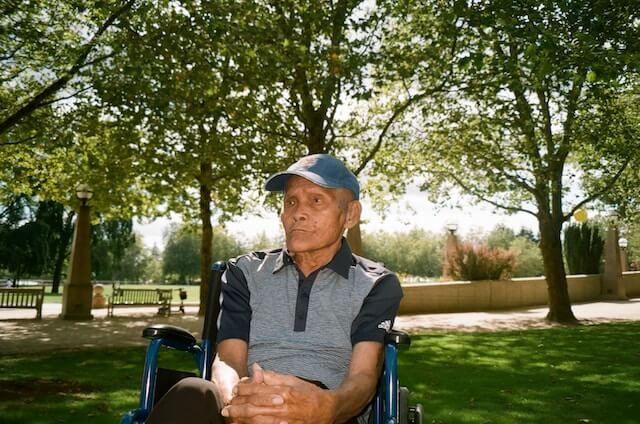
Find the resources you need by using keyword search and clicking enter or by filtering by category.
All Resources
join the community
VERIFIED businesses
Senior Safety
Senior safety is a top priority. Falls are common among people 65 and older. About 36 million falls are reported annually among older adults. Three million fall-related injuries are treated in an emergency department each year. To help reduce this exposure, one must look at a person’s living situation, especially for those that age in place. Making some house adjustments can help reduce exposure to falling. You can always hire a specialist to address safety levels and critical issues.
What are some critical senior safety tips?
Decluttering is vital for safety reasons. Ensure clear pathways inside the residence, including family/living rooms, hallways, bedrooms, bathrooms, and kitchen. Simplifying one’s living space can help reduce clutter making it easier to find things and get around. Nonetheless, use storage containers for items one refuses to remove.
Decluttering the outside is as important as the inside. Clean up any landscaping to ensure any shrubs or plants, especially prickly ones, do not intrude upon the walkway or porch.
Another essential factor is lighting. Inside should have night lights along hallways and other areas, specifically the pathway from the bedroom to the bathroom. Moreover, the bathroom should have a night light to make it easy to spot. Regarding the exterior, ensure lighting is near pathways and stairs to avoid trips and falls. Avoid glaring lights since that may cause anxiety. Soft, non-glaring lights such as LED bulbs are more acceptable.
Items need to be accessible. Regarding closets, easy access to clothing. Keep extra toilet paper in easy-reach areas when it comes to the bathrooms. Shelves should be low enough to be accessible but not in the walkway. Items on the shelf should not pose a risk, such as a heavy book or a knickknack that could easily fall and shatter into a million sharp pieces. Invest in a grabber.
Does furniture matter when it comes to senior safety?
Yes! Double-check chairs to make sure they are sturdy and do not have wheels. You don’t want a chair to get away from a person while sitting down. Avoid low furniture, such as coffee tables. Address any furniture, such as tables and dressers, with sharp edges by covering them with plastic bumpers.
What are some other home safety tips to install?
Installing grab bars, safety rails, and ramps can help an individual get around. Ramps are helpful regardless if the person uses a wheelchair. Steps are more challenging and pose a significant tripping hazard, so ramps are useful. When it comes to the bathroom, add a shower seat or a roll-in shower for safer bathing and accessibility. Having faucets with a single lever versus two levers (hot and cold) make it easier for a person. Installing adjustable countertops and widening doorways may be helpful. In addition, have working doors, but avoid knobs that lock. That is not an invitation for anyone to walk in on their aging loved one. Privacy still needs to be respected, and no one should barge into someone’s room unless it’s an emergency.
Don’t forget to address the flooring in the house. Low-pile carpeting is more forgivable and provides more floor consistency. If everyone still insists on rugs, secure them to the floor with strips to increase traction and reduce any chances of tripping. Use non-slip wax cleaners on hard floors and test them before allowing an aging loved one to walk on them.
Additional safety tips
Install automatic shut-off switches to the stove when left unattended. Also, keep the water heater temperature at 120 degrees Fahrenheit or less. If your aging loved one has some form of dementia, wandering is a concern, so install remote door locks or a security system.
Avoiding stairs is helpful, so have everything for your aging loved one on one floor. Having the bedroom and bathroom on the same floor is critical. If you are wondering how to do this, convert an unused office or dining room into a spare bedroom to accomplish this goal.
STAGES is here to guide people through the aging process.
top verified companies
@2024 STAGES FOR LIFE, LLC. Designed Intentionally by MOK
information
sales@stagesforlife.com
Articles
Government
verified businesses
Medical Services
Get Verified
Contact
Privacy Policy
Terms and Conditions
Downsizing
Housing and Care Services
Non-Profit
Professional Services
Medical Services
Professional Services
Non-Profit
Housing & Care Services
Government
Downsizing
Events
Newsletter